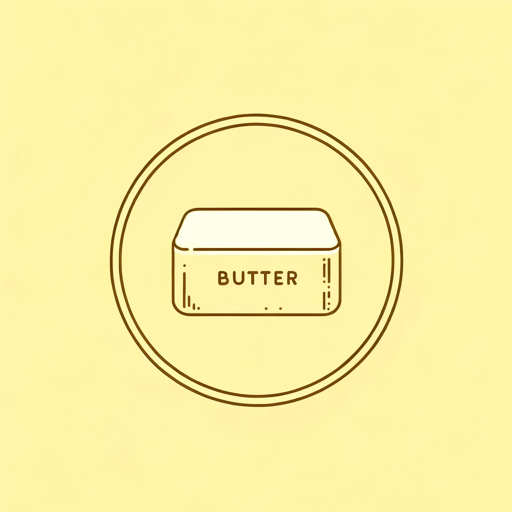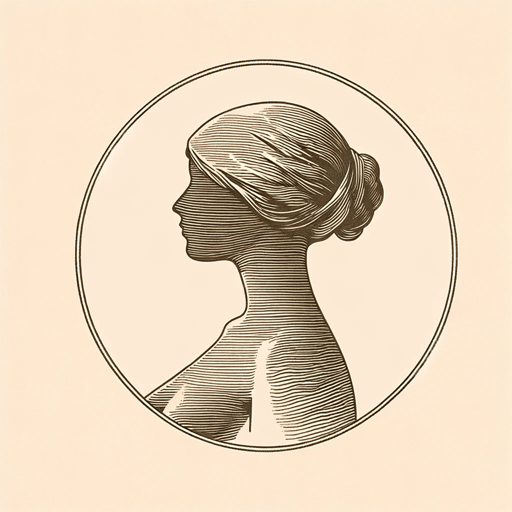17 pages • 34 minutes read
Elizabeth AlexanderButter
Fiction | Poem | Adult | Published in 1996A modern alternative to SparkNotes and CliffsNotes, SuperSummary offers high-quality Study Guides with detailed chapter summaries and analysis of major themes, characters, and more.
Themes
What We Ate: Exploring Identity Through Childhood Memories of Food
You are what you eat, goes the adage. In the case of Alexander’s “Butter,” the speaker is, among other qualities, a culinary citizen of the world, as well as an American. Turkey is a bird native to the Americas; sauteed, it is cooked in the French style. Pasta—the speaker’s “green noodles” (Line 6)—comes from Asia by way of Italy. The puffy dough known as “Yorkshire puddings” (Line 8) is a traditional side dish to the Sunday roast in Great Britain.
An exhaustive treatment of the food ethnology of “Butter” would be lengthy indeed. The fat itself has its origins in Africa. Ghee, the butter of Helen Bannerman’s children’s book, is clarified butter, widely used in Indian cuisine. Corn is everywhere in “Butter,” from glazed ears to grits. Its origins, as the turkey, are in the Americas. Corn products such as corn syrup—a primary ingredient in “Alaga syrup” (Line 18)—have worked their way into thousands of everyday foods and household products, including fuel.
There is something Walt Whitman-like in the childhood menu: It contains multitudes, and those multitudes share complex histories. The speaker’s memories offer a panorama of not only influence, but of attitude, as well.
Related Titles
By Elizabeth Alexander





